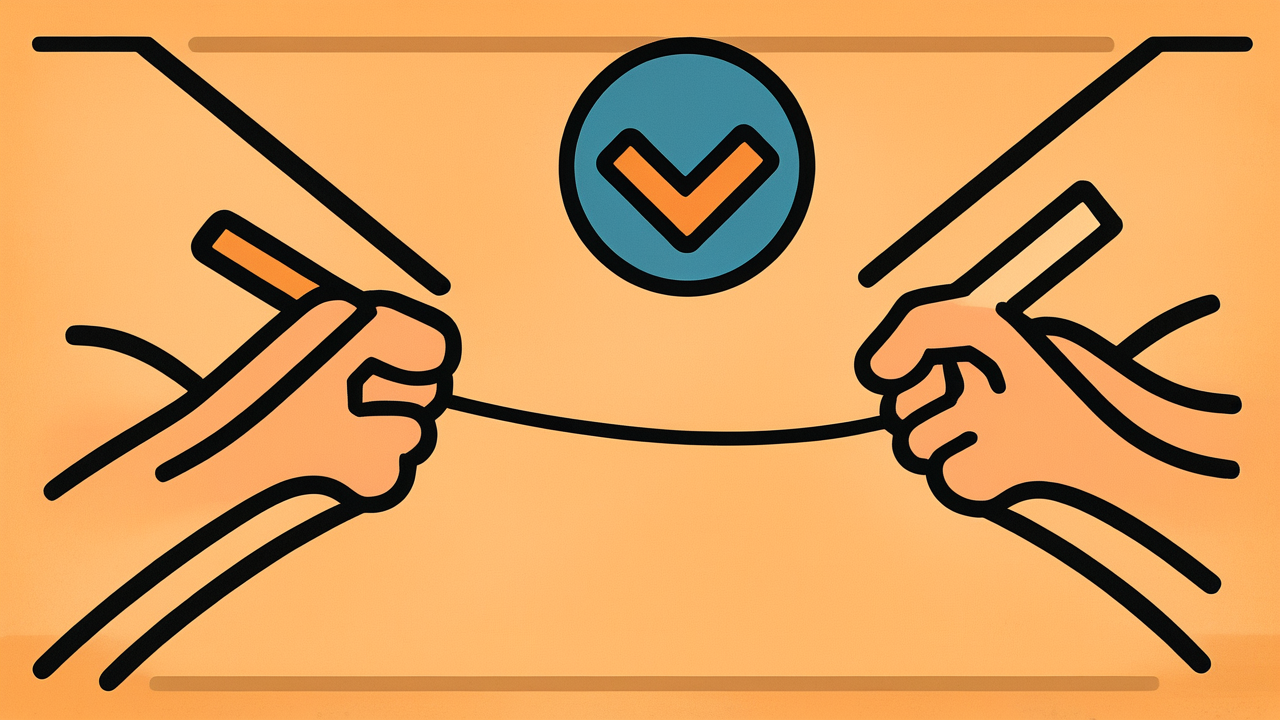How to Read “軌を一にする”
Ki wo itsu ni suru
Meaning of “軌を一にする”
“Track same make” means that multiple people or organizations act in unison toward the same policy or goal.
This expression is mainly used in situations where organizations or groups need to work together in unity. It is used to emphasize the importance of everyone facing the same direction and cooperating in situations where scattered actions would not be effective.
In the political world, it is used to express unity within a political party, and in companies, it is used to show interdepartmental cooperation or company-wide efforts. It also applies to situations where local communities cooperate to solve common issues.
The reason for using this expression is that it can express stronger and more organized unity than simply “cooperating” or “collaborating.” Through the concrete image of wheel tracks becoming one, it can convey the meaning that individual forces combine to produce great results. Even in modern times, it is a treasured word for expressing the importance of teamwork and organizational strength in an elegant manner.
Origin and Etymology
The “track” in “Track same make” refers to the traces left by wheels, that is, wheel ruts. This expression originates from Chinese classics and is thought to have been transmitted to Japan through Chinese literature.
In ancient China, it was important that the wheel width of carts be standardized. This was because wheels of different widths could not utilize existing ruts, making efficient use of roads difficult. Particularly when emperors governed the entire nation, they standardized wheel specifications to organize the transportation system throughout the empire and improve administrative efficiency.
The expression “Track same make” was born precisely from this concept of wheel tracks becoming one. When multiple carts pass through the same ruts, roads become well-maintained and movement becomes efficient. This came to represent the importance of multiple people or organizations acting with the same direction or policy.
In Japan, this expression began to be used among intellectuals from the Edo period onward with the spread of Chinese learning, and by the Meiji period, it came to be frequently used in political and military contexts. Even today, it remains established as an elegant expression used when explaining the importance of organizational management and group action.
Usage Examples
- To make the new project successful, all departments need to Track same make in their efforts
- In regional disaster prevention measures, it is most important for residents and administration to Track same make
Modern Interpretation
In modern society, the concept of “Track same make” has taken on new complexity. As globalization and digitalization advance, organizational unity and unified direction have become more important than ever, but at the same time more difficult to achieve.
In the information society, individuals can access diverse information sources, making it easier for different perspectives and opinions to emerge even within organizations. With the development of social media and online communities, it has become difficult to “Track same make” through traditional top-down organizational management alone. Modern organizations require new forms of unity that recognize diversity while moving toward common goals.
In the context of technology, this concept appears as “standardization” and “platform unification.” When companies advance digital transformation, the key to efficiency is for each department to Track same make on a unified platform rather than using scattered systems.
On the other hand, since modern values also emphasize individual autonomy and creativity, there is a tendency to prefer flexible unity that allows diverse approaches while sharing common visions, rather than uniform control. With the spread of remote work, the importance of Track same make by sharing goals and values even when physically separated has become clearer.
When AI Hears This
“Following the same path” and modern peer pressure are completely opposite phenomena. The key to understanding this difference lies in the motivation behind “why do we conform?”
“Following the same path” means voluntarily aligning your pace toward a common goal or ideal. For example, people who share a belief in environmental protection working toward the same direction from their different areas of expertise. Here, individual judgment and creativity are utilized.
On the other hand, modern peer pressure stems from the fear of “being different from everyone else.” This includes behaviors like hiding your true feelings on social media because you’re worried about the number of “likes,” or staying silent at work because you can’t voice opposing opinions.
Psychologist Asch’s experiments showed that when a group chooses an obviously wrong answer, 37% of individuals will conform. This is a destructive force that shuts down thinking.
In “following the same path,” the destination is the same but everyone walks their own way. With peer pressure, you must completely copy even the way of walking. The former is constructive cooperation that maintains diversity, while the latter is standardization that kills individuality.
What modern society truly needs is cooperation based on empathy, not fear.
Lessons for Today
“Track same make” teaches modern people the importance of achieving results as a group while utilizing individual strengths. Even if each person is excellent individually, great results cannot be born if directions are scattered.
In modern society, while diversity is valued, teamwork and organizational strength are equally important. This proverb teaches that people with different personalities and abilities can produce results beyond imagination by joining forces toward common goals.
In daily life, we can apply this teaching in various situations such as family, workplace, and local communities. What’s important is not uniformity, but sharing the direction we should head while recognizing each other’s differences.
This concept is also important in modern leadership. Rather than imposing from above, creating an environment where each member can face the same direction with conviction is required. You too should be able to walk toward greater goals while Track same make with those around you. Please experience the joy and strength of cooperation.



Comments